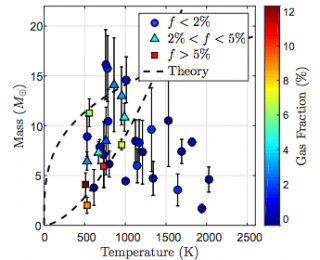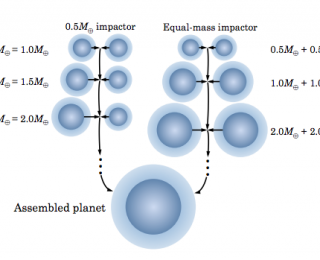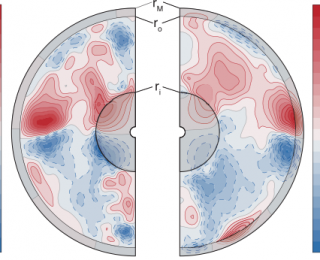
by Michael Hammer | Feb 4, 2016 | Daily Paper Summaries
Will Smith and his son Kitai are back in this highly anticipated, totally unexpected sequel and this time, they’ve crash landed on a Super-Earth. Surviving won’t be easy, but it might be even harder for the planet’s atmosphere.

by Michael Zevin | Jul 1, 2015 | Daily Paper Summaries
The past 20 years of exoplanet discovery have unveiled many peculiar planets in the Milky Way. Today’s paper investigates if two classes of these odd planets could be the same planet at different points in their evolutionary history – if hot Jupiters can transform into super-Earths!

by Jaime Green | Dec 31, 2014 | Daily Paper Summaries
Super-Earths could form close-in to their stars… but what about their atmospheres?
by Jaime Green | Aug 13, 2014 | Daily Paper Summaries
Of all the kinds of planets we’re finding around other stars—hot Jupiters and mini-Neptunes and those dubiously called “Earth-like”—super-Earths orbiting close to their stars are among the most abundant. While planets so close to their stars are poor candidates for habitability, they are important to understanding the possibility of other habitable planets in these seemingly common systems.

by Joseph O'Rourke | Apr 30, 2013 | Daily Paper Summaries
The existence of a conducting layer near the core/mantle boundary has profound implications for the operation of a dynamo in rocky exoplanets and for our ability to detect exoplanetary magnetic fields.

by Caroline Morley | May 3, 2012 | Daily Paper Summaries
To characterize the newly-discovered population of small planets, this team from UC Santa Cruz investigated how planets lose mass over their lifetimes, and determined how this loss will affect planet populations. This paper suggests that we can understand the population of small planets using mass loss models, and we make predictions using these models for the masses of irradiated super-Earths.





